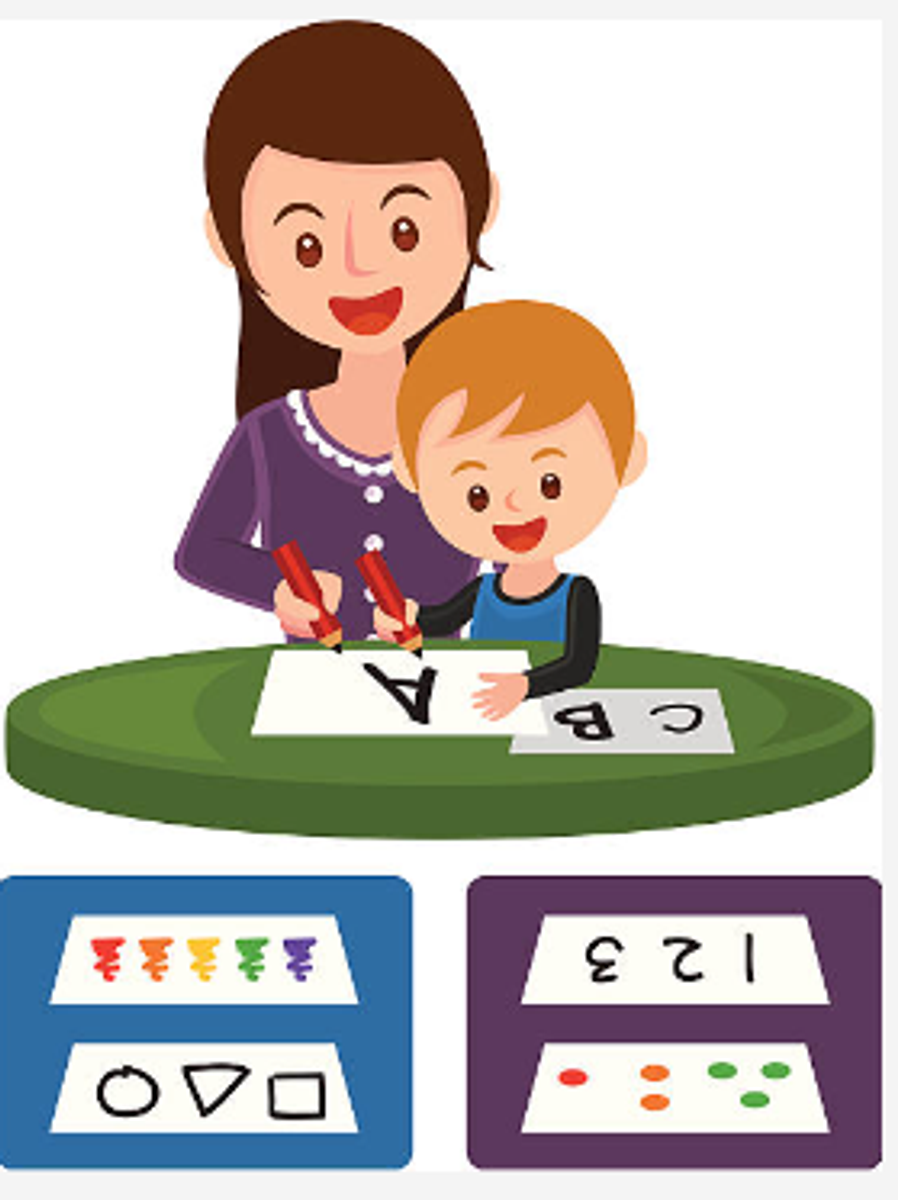Steps to Prep - Literacy guides for families
HOME READING
A Guide for Parents
PRE READING SKILLS
Support your child's pre reading skills:
- Lots of talking, listening and playing games with sounds
- Sing songs and nursery rhymes, teach tongue twisters and poems
- Tell stories, play board games and card games
- Reduce screen time
- Point out and talk about words and sounds in your child’s environment – play “I Spy” on the way to school, point out words on street signs, clap along to the beat while listening to music in the car
- Talk about interesting words to develop vocabulary
READING TO YOUR CHILD AT HOME
- Read picture books with interesting stories to your child as often as possible.
- Discuss how to hold the book the correct way.
- Ask them to point to the front and back cover, the pictures, words and letters.
- Have your child point to the words as you or they read to develop their understanding of directionality - “Good readers start on the left and read across towards the right.”
- Have your child “read” books (tell their own story) through the use of the pictures.
- Talk about the words used in the story, for example:
- What do the words sound like?
- Are they rhyming words?
- What does that word mean?
- Talk about the illustrations
- Talk about what happens in the story, for example:
What do you think this book might be about? What was your favourite part?
HOME WRITING
A Guide for Parents
Learning to write begins with scribbling and drawing. This is an important first step and should be encouraged. The next step is when your child begins to write letter-like shapes, before moving on to the final stage where children learn correct letter formation for writing the alphabet in both capitals and lower case letters.
Prior to the development of these stages of writing it is important for your child to develop their fine motor skills. A child’s fine motor skills determine their ability to precisely control smaller muscles in their hands, thumbs and fingers. These skills work together to provide the coordination required for many daily tasks such as holding and gripping small items, buttoning clothing, eating, turning pages and more. They are also important for skills such as writing, drawing, cutting and pasting, and using computer keyboards.
This image shows the development of a child’s hand from age 2 to 7. It is important that children are given opportunities to develop and strengthen their fine motor skills throughout this phase of their development.
There are lots of ways that you can support your child in developing their fine motor skills, using objects that you have lying around at home. Below are some activity ideas for fine motor activities at home.
- Spooning small items e.g. marbles, beads
- Working with playdoughkneading, pushing, rolling, pulling.
- Scissor practice cutting straight, curved and zig zag lines.
- Using tongs to pick up small items e.g. pom poms, buttons, dry pasta.
- Threading beads onto shoe laces, pipe cleaners or spaghetti.
- Scrunching and gluing tissue paper and crepe paper to make artworks
- Pegging or clipping items to makeshift clotheslines.
- Sorting small objects into empty egg cartons e.g. beads, pom poms with tweezers.
- Buttoning and unbuttoning practice.






